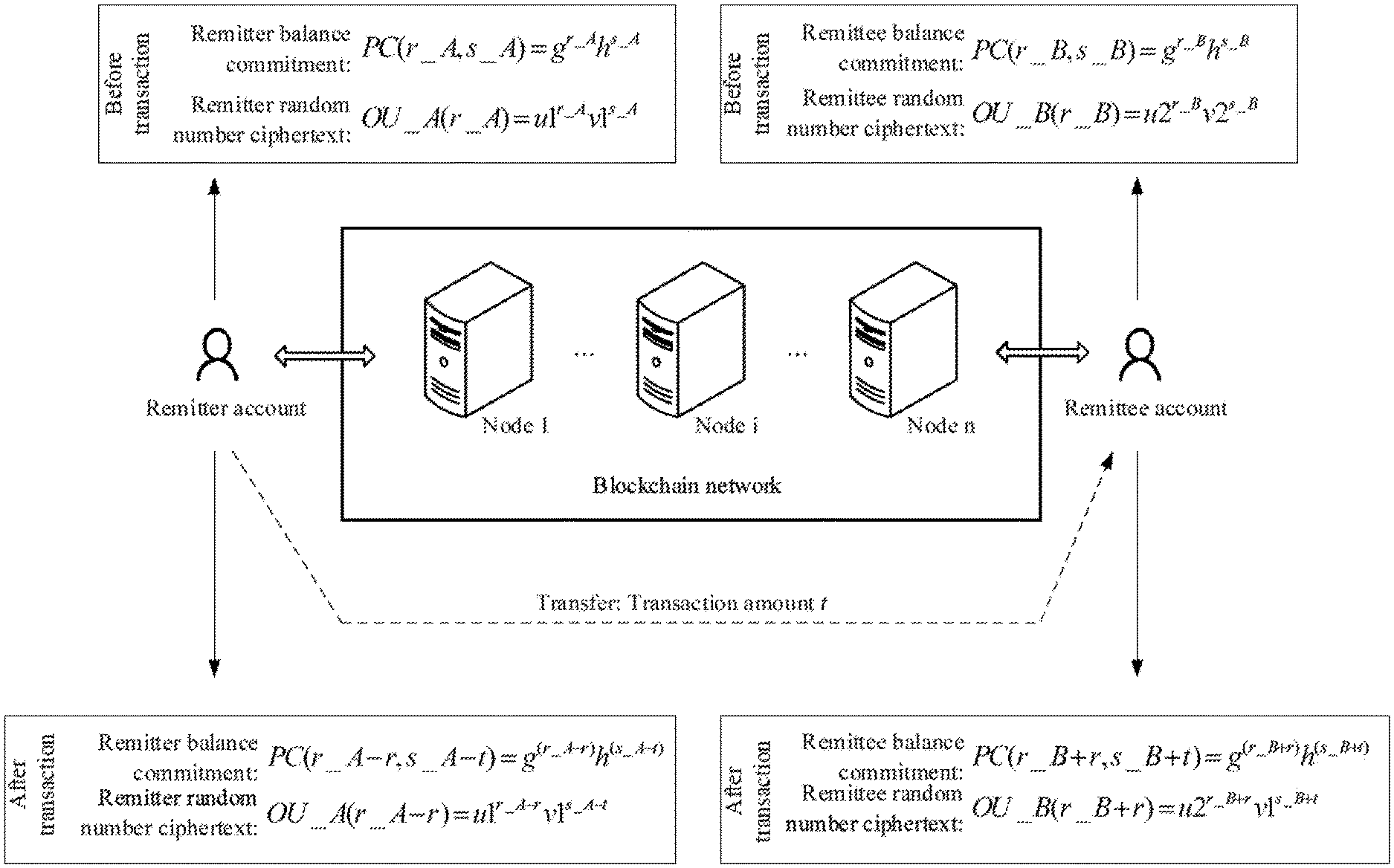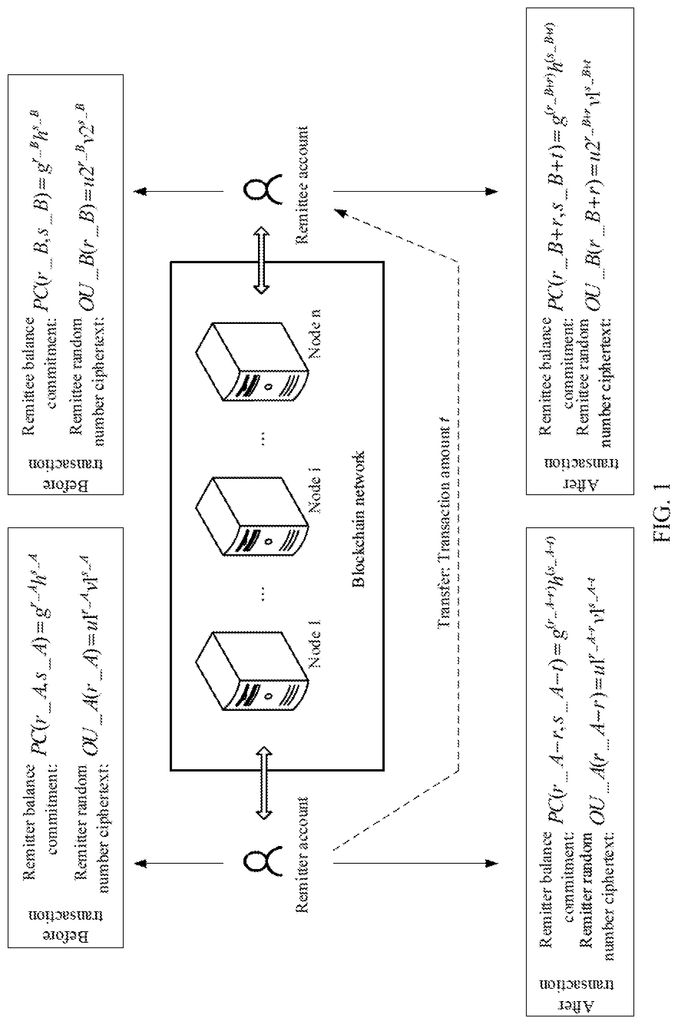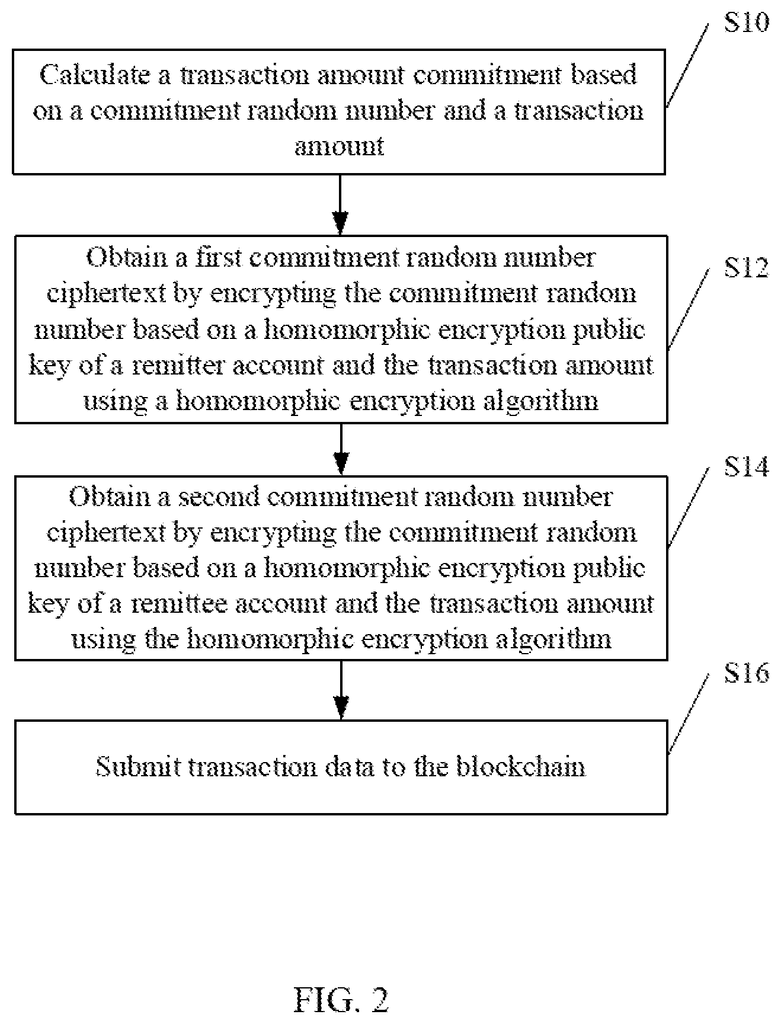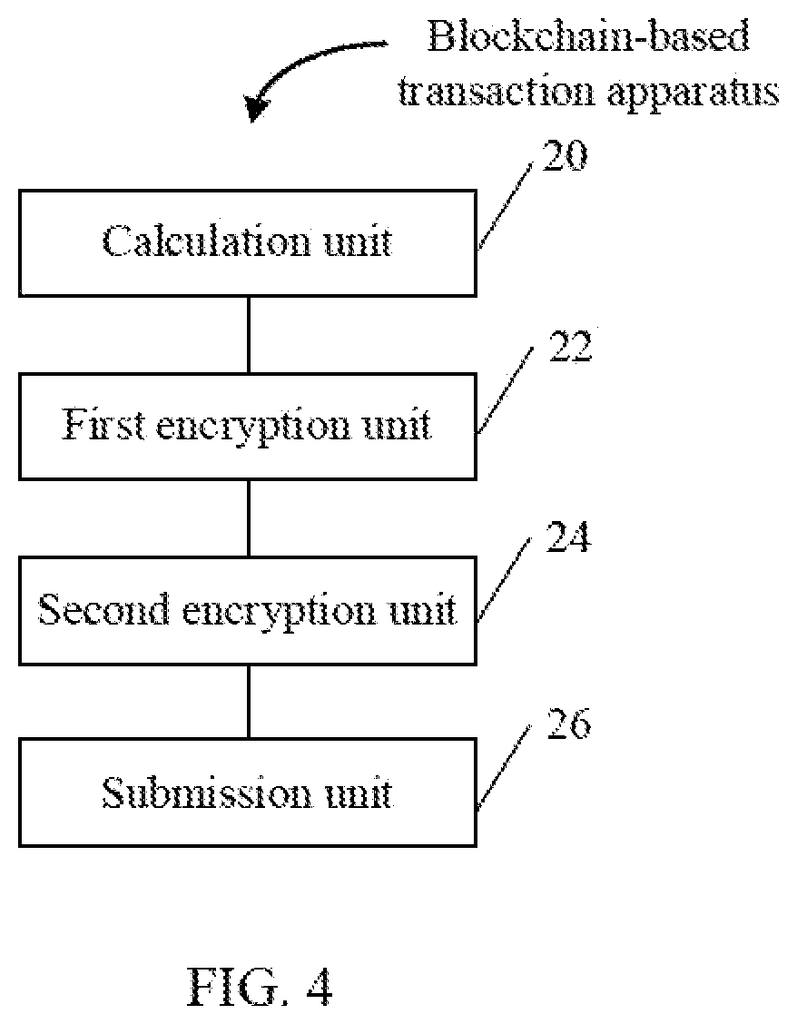Invented by Wenbin Zhang, Baoli Ma, Advanced New Technologies Co Ltd
The market for blockchain transaction methods includes various solutions that enable the transfer of digital assets securely and efficiently. These solutions include cryptocurrency wallets, exchanges, and payment gateways. Cryptocurrency wallets are digital wallets that store cryptocurrencies and enable users to send and receive digital assets. Exchanges are platforms that allow users to buy and sell cryptocurrencies, while payment gateways enable merchants to accept cryptocurrencies as payment for goods and services.
The market for blockchain apparatus includes hardware devices that are designed to secure and store digital assets. These devices include hardware wallets, which are physical devices that store private keys and enable users to securely manage their cryptocurrencies. Other blockchain apparatus includes mining rigs, which are specialized computers that are used to mine cryptocurrencies.
The market for blockchain remitters includes companies that offer remittance services using blockchain technology. Remittance is the transfer of money from one country to another, and blockchain technology can make this process faster, cheaper, and more secure. Blockchain remitters offer a range of services, including cross-border payments, currency exchange, and international money transfers.
The market for blockchain transaction methods, apparatus, and remitters is expected to grow at a rapid pace in the coming years. The global blockchain market is projected to reach $39.7 billion by 2025, with a CAGR of 67.3% from 2020 to 2025. The growth of the market is driven by the increasing adoption of blockchain technology in various industries, including finance, healthcare, and supply chain management.
In conclusion, the market for blockchain transaction methods, apparatus, and remitters is a rapidly growing industry that has the potential to revolutionize the way we conduct transactions. As more companies adopt blockchain technology, the market is expected to grow exponentially, and we can expect to see more innovative solutions in the near future. The future of finance is blockchain, and the market for blockchain-based solutions is only going to get bigger.
The Advanced New Technologies Co Ltd invention works as follows
The present specification provides a blockchain-based method and apparatus for a transaction, as well as a remitter. The method involves: calculating the amount of the transaction commitment, a commitment random text, a commitment random text, and a commitment random text; and submitting the data, including the amount of the transaction commitment, to the blockchain.
Background for Blockchain transaction method, apparatus and remitter
The blockchain technology is a distributed databases that uses cryptography to protect data from being altered or forged. The blockchain technology has been highly favored by the advancement of computer and Internet technology. It is used in many fields, including smart contracts, security transactions, Ecommerce, the Internet of Things and social communication.
The risk is that the information about the transaction could be leaked to an unrelated third party when blockchain technology is used in transaction scenarios.
There is a requirement for a technical solution to protect privacy in a transaction.
The implementations of this specification provide a method and apparatus for blockchain-based transactions, as well as a device that allows remitters to protect privacy without interacting with the remittee.
The present specification describes a blockchain-based method of transaction, which includes: calculating the amount of the transaction commitment using a commitment number, a public key homomorphic of a sender account, and a transaction value; obtaining the first committment random number text by encrypting it using a homomorphic public key for a recipient account, and then obtaining the second committment random numbers text by encrypting it using a homomorphic public key for a recipient account and a the transaction a
The present specification describes a blockchain-based transactions apparatus that includes: a calculation module, which is configured to calculate the amount of the transaction commitment using a commitment number, a first encryption module, which is configured to encrypt the commitment number using a homomorphic public key for a remitter’s account and using the homomorphic algorithm, a second unit of encryption, which is configured to encrypt the commitment number using a public homomorphic key for a recipient account and using the homomorphic algorithm, a
An implementation is the present specification provides a remitter, which includes: a memory configured to store computer instruction; and a processor configured to execute computer instructions in order to implement the method described by any implementation of the current specification.
The technical solutions in the implementations are clear. In the implementations, the commitment mechanism, homomorphic encryption, and the first commitment randomly generated ciphertext allow the user to obtain the transaction amount, the first commitment randomly generated ciphertext and the second committment random number. The transaction amount committment, the first commitment ciphertext and the two commitment ciphertexts can be submitted to a blockchain. By using the homomorphic cryptography and commitment mechanisms, it is possible to protect transactional information like the transaction amount. The transaction can also be completed smoothly in the blockchain, without the use of a remittee, by submitting to the blockchain the commitment for the transaction amount, the first commitment randomly generated ciphertext and the second commitment randomly generated ciphertext. The implementation is able to achieve privacy protection in a non-interactive environment.
BRIEF DESCRIPTION DES DRAWINGS
The accompanying drawings are used to illustrate the technical solutions of the current specification and existing technology. The accompanying drawings are clearly some implementations for the current specification. A person with a good understanding of the art could easily derive additional drawings from these accompanying drawings.
FIG. “FIG.
FIG. “FIG.
FIG. “FIG.
FIG. “FIG.
FIG. “FIG.
FIG. “FIG.
FIG. “FIG.
DESCRIPTION AND IMPLEMENTATIONS
The descriptions in this document clearly and comprehensively describe technical solutions used in the implementations in the present specification, with reference to accompanying drawings. The described implementations clearly are not all the implementations in the present specification. They are only some examples. “All other implementations that a person with ordinary skill in art could obtain based on implementations of the current specification without any creative effort shall be protected by the present specification.
Referring to FIG. Referring to FIG. “An implementation of the current specification provides a transaction method based on blockchain.
In this implementation, a blockchain is a distributed ledger which organizes data blocks in a chain-like structure according to a chronological order. It ensures security, traceability and resistance to tampering by using cryptography algorithms. A blockchain can be a public one, a consortium one, a personal blockchain, etc. A blockchain network can be used to implement the blockchain. The blockchain network may include a P2P network, etc. The blockchain network may include multiple blockchain nodes. “Unified blockchain ledgers” are maintained by blockchain nodes, and copies of this ledger are stored on at least some of these nodes.
Click here to view the patent on Google Patents.





